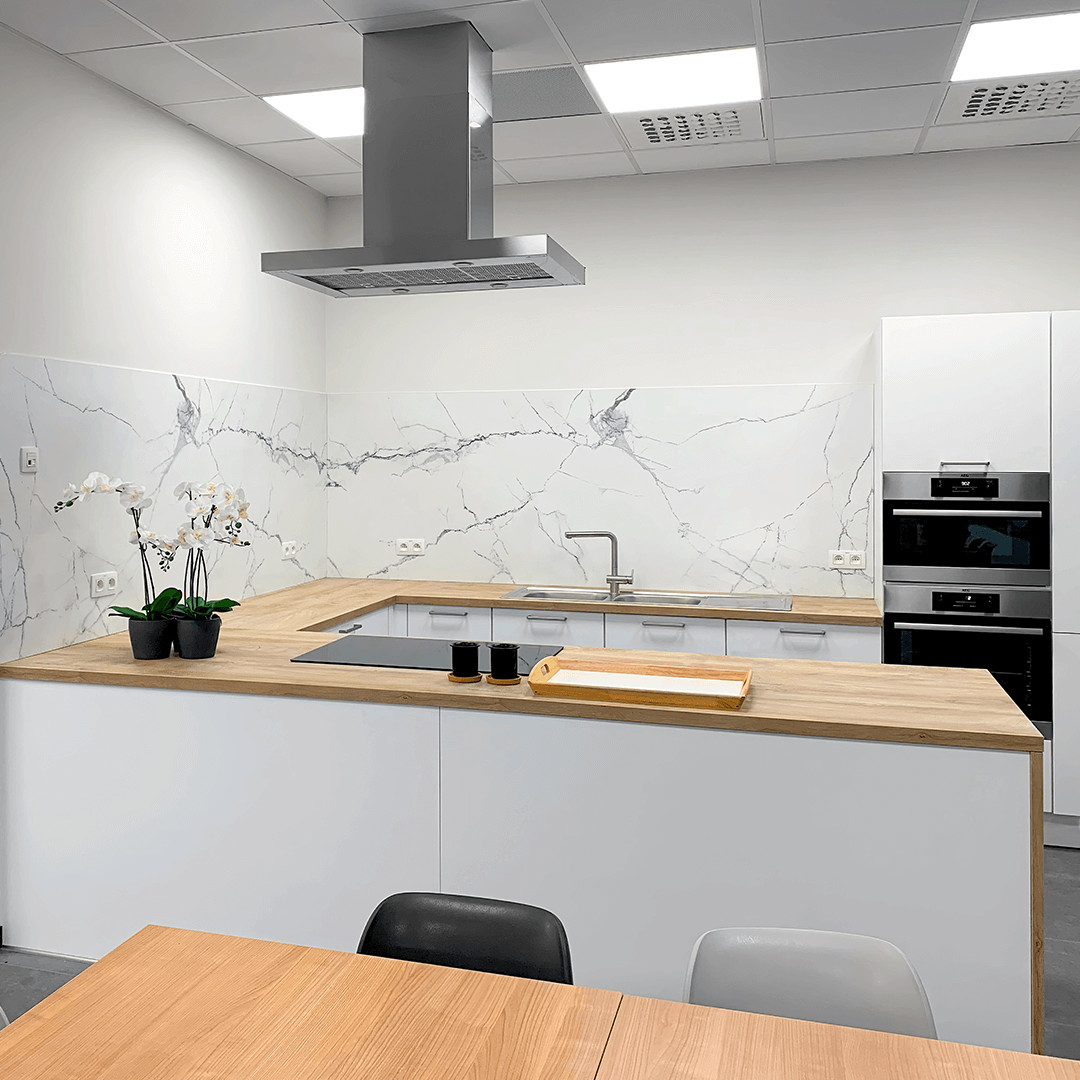When we were approached to discuss the differences of whiteboards vs. chalkboards, it seemed like a dubious task. You write on one with chalk and the other with dry erase markers, right? If that was the extent of the relationship between chalkboard and whiteboard writing surfaces, this would be an incredibly short blog post. As experts in the field, let us shed some light on the subject.


Whiteboards are also known as dry erase boards.
This describes the act of writing with dry erase markers and
easy removal of marker ink using a dry eraser or cloth.

Because CeramicSteel chalkboards are smooth and nonporous, chalk pens or wet chalk can easily be used to write on the surface, too – it just requires a wet erase with soap and water. While dry erase markers, permanent markers and other inks won’t damage CeramicSteel chalkboards, they aren’t recommended; these tools don’t provide enough contrast against the chalkboard’s dark surface for clarity.

When it comes down to brass tacks, CeramicSteel whiteboards and chalkboards are both premium writing surfaces with an environmentally responsible manufacturing process and safe, healthy composition for any setting. Understanding the quality helps make the selection process easier. All that’s left is to decide which surface best meets the needs of your space – will you require a projector? A whiteboard is your best option. If you’re teaching penmanship, or a cool, retro look fits your space – a chalkboard is right up your alley.
Either CeramicSteel selection can always be made with confidence, just be sure to follow the recommended cleaning and care instructions and use the recommended accessories to maximize performance.